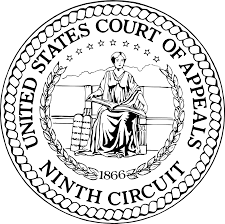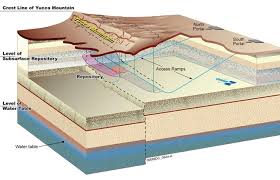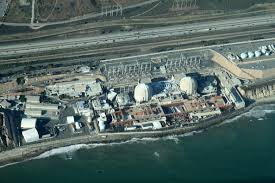
“The NRC’s preliminary recommendation is that the adverse environmental impacts of license renewal for Seabrook are not great enough to deny the option of license renewal,” according to NRC, which based its findings on an environmental report submitted by NextEra Energy, consultation with federal, state and local agencies and NRC staff’s independent review and public comments.
A Safety Evaluation Report, the last step in the license renewal process, is scheduled for release in May. NextEra has been working through the renewal application since 2010.
More: New Hampshire Union Leader
Mass. Mayor to Ask FERC to Extend Meetings for Tennessee Gas Pipeline

Mayor Ted Bettencourt said he would seek the additional meeting after he met with the Northeast Municipal Pipeline Coalition, a group opposing the pipeline. Kinder Morgan has said it wants to build the pipeline to provide fuel for power plants. The Northeast has experienced a shortage in natural gas during times of peak demand, such as frigid winter days and nights.
Several meetings have already been held concerning the pipeline, which is to run from Dracut, through Peabody and connect to an existing line in Danvers.
More: The Salem News
Ninth Circuit Throws out Suit Against FERC Curtailment Order

The customers had argued that the dispatch-curtailment mandate — originally put into place as a result of high expected hydro generation on the Columbia River — meant that increased generation prices would be passed on to them. FERC issued the curtailment policy to cover incidents of “last resort” when high water levels forced Bonneville Power Administration to generate electricity that exceeded demand. In order to preserve system integrity, FERC decided it could mandate curtailment by other generators.
The plaintiffs argued that the mandate exceeded FERC’s area of responsibility, as it dealt with generation rather than transmission. The judges noted that the plaintiffs may suffer harm from the rule but that they had no statutory standing under FERC rules.
More: Courthouse News Service
Report: Wind Could Replace Coal, Gas as Dominant Resources
The National Renewable Energy Laboratory released a report that shows that wind power’s capacity factor could reach 65%, exceeding both coal and natural gas.
The Department of Energy’s lab data indicates that increasing to a 65% capacity factor could reduce wind’s cost, improve transmission line efficiency and provide necessary power at times of peak demand. The report shows that if “near-term” technology and enough appropriate sites are used, the capacity factor of wind turbines could exceed both coal and natural gas. The report also indicated that new wind power technology on the horizon would mean that wind alone would be able to power the U.S. demand.
More: Greentech Media
NRC: Beaver Valley Nuclear Station Has Enough Staff for Emergencies

All of the nation’s nuclear stations are undergoing a commission review of plans updated after the disaster.
More: Times Online
NRC Report Says Yucca Mountain Environmental Risk Low

The report will be presented next month in Washington and Nevada.
More: Las Vegas Review-Journal
New Mexico Site Eyed for Storing Spent Nuclear Fuel
Holtec International has submitted documents showing its intent to file for a license to store spent nuclear fuel at a site in southeast New Mexico. The company said the facility would retain spent fuel from stations that are shutdown or in the process of decommissioning — Connecticut Yankee, Humboldt Bay, Kewaunee, La Crosse, Maine Yankee, Millstone Unit 1, Oyster Creek, Rancho Seco, Trojan, Yankee Rowe and Zion stations.
The letter of intent says that the site is 35 miles from any large population center. Holtec is asking the Nuclear Regulatory Commission for permission to store the fuel underground with the same system being used at Callaway and San Onofre stations.
Holtec said it is planning on filing its complete license application by June 2016.
More: FierceEnergy
NRC Dismisses Complaint Against San Onofre Station as Moot

The commission noted that fuel has been removed from the station and it is permanently closed, and so the complaint is unnecessary.
More: The Energy Collective